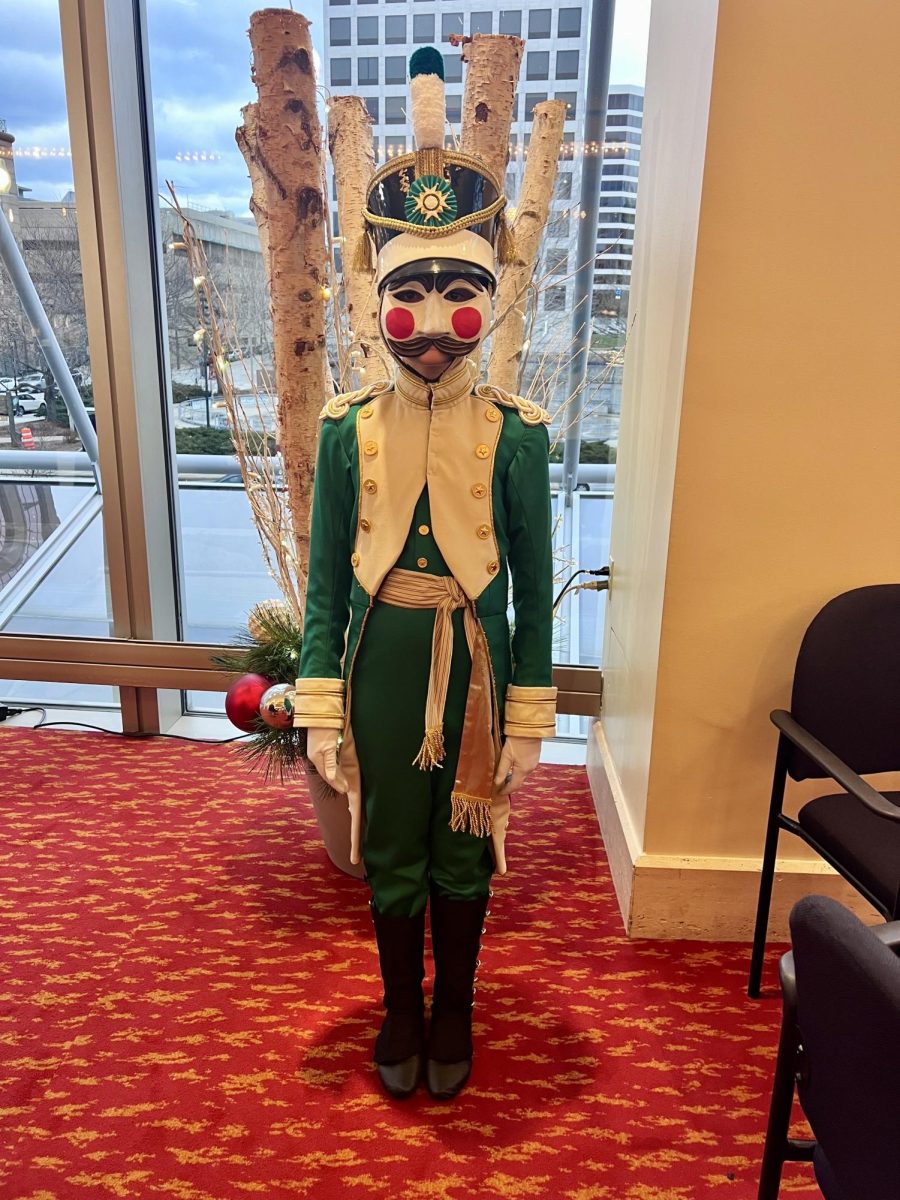Although comics are often seen as stories for children or inspiration for movies, the characters and plots often hold more meaning and significance than many know. Comic books have been loved since their creation about 90 years ago. They have held cultural significance and inspired creativity across the entertainment industry. From political satirist to superhero adventure, comics are very important.
Comic books have been around since 1933 as a form of advertisement. They were popularized during WWII as stories of war and crime were produced, and soldiers around the world began to pick up the easily understood strips. As comics became more normalized, they grew in popularity amongst youth. In the 1950s, comic books were widely blamed for juvenile delinquency. Even though most companies chose to self-censor their content, they were still faced with criticism. In the 60s, comic books came back to the spotlight as the trend of satirizing social and political issues arose. Since then, comics have evolved into various genres, like those telling stories of superheroes.
In 1938, a new character named Superman appeared for the first time. This character was later used as the building block for many characters that followed. For example, the beloved hero Flash, who was inspired by the Roman god, Mercury, was another iteration of the superhuman genre started by Superman. Flash’s boots and helmet gave him his original signature look which was accompanied by one lightning bolt on his chest and two above his ears.
Comic books have more significant histories and storylines than many may assume. For instance, Green Lantern was first introduced in WWII and is still a character today. This is possible because the same characters were brought back over the years in new, slightly different contexts when an alternate reality plotline was introduced.
Comic books have been around for about 90 years and have gone through a lot of development and are always evolving; characters like Superman and Flash evolve not only in the way they act but the way they look, fitting new looks with modernizing time periods. The complexity of comic books is doubly impacted by the creation of interconnecting multiverses where multiple iterations of characters and crazy crossovers can occur. Comic books have been around for many years, and they will most likely continue to be published in the future.
References
“Comic book | History, WW II, & Manga.” Britannica, 31 August 2024, https://www.britannica.com/art/comic-book. Accessed 10 October 2024.
“Flash | Story, Powers, TV Show, & Facts.” Britannica, 26 August 2024, https://www.britannica.com/topic/the-Flash. Accessed 10 October 2024.
“Green Lantern | DC Comics Superhero, Origin & Powers.” Britannica, 31 August 2024, https://www.britannica.com/topic/Green-Lantern. Accessed 10 October 2024.
Murray, Christopher. “Graphic novel | History, Genres & Impact.” Britannica, 1 October 2024, https://www.britannica.com/art/graphic-novel. Accessed 10 October 2024.
“Superhero | Definition, Names, Movies, History, & Facts.” Britannica, 31 August 2024, https://www.britannica.com/art/superhero. Accessed 10 October 2024.









Lauren Beckmann • Oct 18, 2024 at 8:42 am
What an interesting history, Louis! Your article is well-researched, engaging, and well-written.